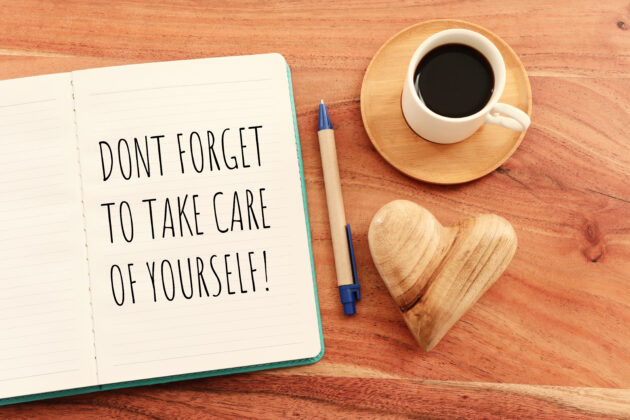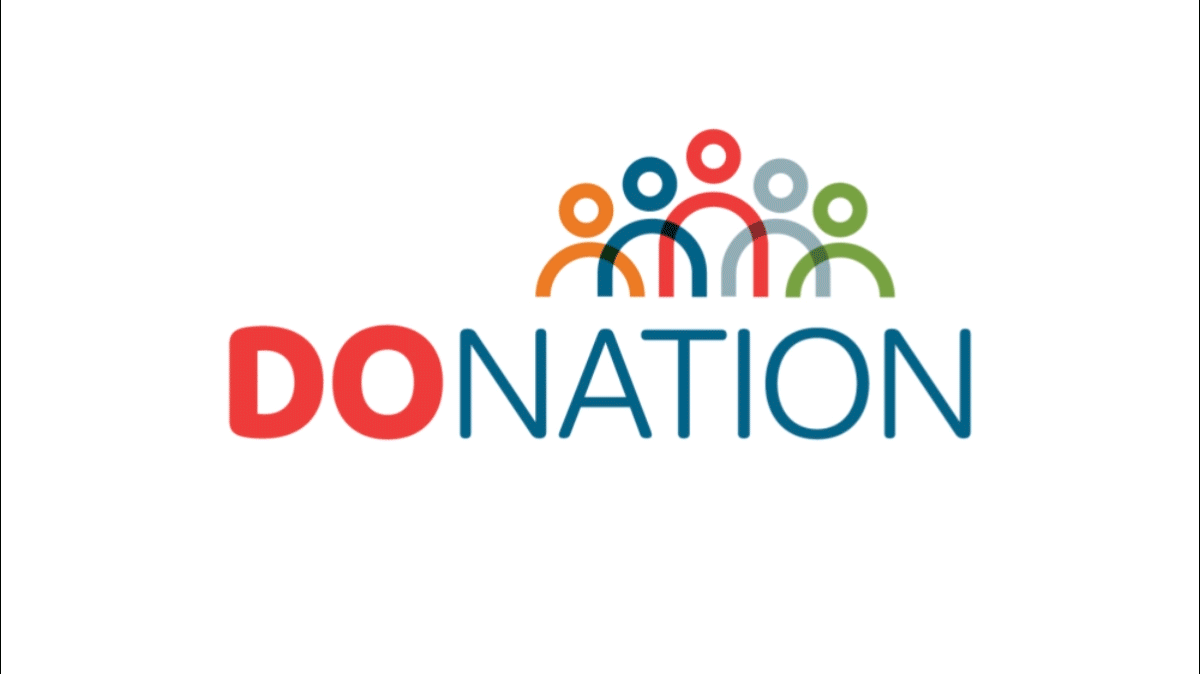Health care workers are trained to manage intensity in their everyday work while supporting patients who are experiencing serious illness and high-stress situations. However, the COVID-19 pandemic has highlighted unprecedented challenges and pressures — from traumatic experiences related to the virus and its uncertainty, to challenges with patient care, to worries about keeping oneself and one’s family safe, to managing increased workload and isolation from limited social contact due to virus exposure.
Health care workers are fighting to remain strong and resilient for their patients, families, friends and communities. However, the great personal sacrifices and risk they take to keep others safe and healthy can have a toll on their own mental health.
The results have been felt in a layered impact, as these new developments compound prior challenges on health care workers that existed long before the pandemic: moral injury, frustrations with health system infrastructure and serious mental health impacts. The additional experiences during the pandemic have threatened the fragile balance of health care workers’ “well-being juggling act,” a process undertaken by most to ensure they remain stable and thriving.
What we must remember is that even those who are trained to manage high-intensity situations and stress continue to face new challenges; they remain human. All human beings, regardless of training, pedigree or profession have mental health. It is imperative health professionals understand they are not alone. This is especially critical as we head into the holiday season, a time of year that 88% of adults refer to as the most stressful on the calendar.
Here are six actions physicians and others can take to prioritize their mental health and wellbeing during this stressful time.
- Have open, honest conversations about your mental health. When you are going through a stressful time, it can feel like you are alone. One of the simplest and most effective things you can do is talk to someone about what you’re experiencing. Transparent conversations about mental health and its influencing factors can open up opportunities for support and connection. These can, in turn, help build resiliency. And by being honest about how you are doing, you’re serving as a model for others. If you’re looking for guidance on how to start a conversation about mental health, you can download the American Foundation for Suicide Prevention’s #RealConvo guides. The AHA has recently released Suicide Prevention: Evidence-Informed Interventions for the Health Care Workforce.
- Prioritize your mental health. If you find yourself overextended this holiday season, cut down on your holiday “to do” list. Doing so can free up your mind space and declutter a busy schedule.
- Do things that maintain your physical health. Taking care of yourself physically — whether it’s through regular stretching or exercise, drinking water or maintaining a regular sleep schedule — can help you to better navigate stressful periods. This isn’t always easy for health care workers who may be operating on an inconsistent schedule. Start by picking one thing to improve your physical health and do it as consistently as you can.
- Get outside during daylight hours. Having fewer hours of daylight can have a negative impact on your mood, especially for those who already struggle with mental health challenges. To help cope with less sunlight, try to find 30 minutes to get outside, walk somewhere instead of driving, or invite a friend or co-worker to take a daily walk. Some people benefit from purchasing a bright light for home or work.
- Find a balance between being with others and being alone. You may not always have the energy or desire to attend a large gathering. That’s OK! But it’s important not to completely isolate yourself. You can invite a couple of people to join you in a low-pressure activity. Consider planning an activity that has proven beneficial to your well-being in the past, whether it’s listening to or playing music, cooking, crafting, hiking or another outdoor activity.
- Connect with others if you’re feeling lonely. Chances are pretty good that you are not alone in feeling lonely during the holidays. Sharing these feelings may empower others to do the same. Reach out to a friend, family member, co-worker or trusted advisor and talk about ways you can stay connected and support each other. Think about the people in your life who have an encouraging impact; remember, you get to choose who to let into your inner circle. If you feel you have no one to turn to, there are trained professionals to listen and help, such as mental health providers. There are also support services available, including the 988 Suicide & Crisis Lifeline (call 988), Crisis Text Line (text “HOME” to 741741) or the Physician Support Line (888-409-0141).
To all the health care workers out there who work tirelessly to keep us safe, and so often put others’ needs before their own: We see you and we appreciate you. We hope you’ll take these tips into consideration and prioritize putting yourself first this holiday season. Thanks for all that you do.




